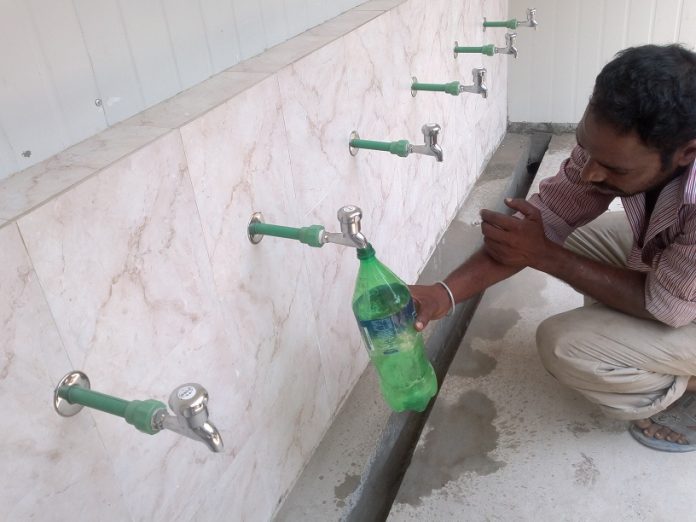LAHORE: Over 11.21 million households in Punjab are facing direct health risks following the 4,662 completely dysfunctional drinking water supply schemes that have been piling up from 1391 in 2014 until October 2017, it was learnt.
Data shows that these figures are in addition to un-served areas where Public Health and Engineering Department (PHED) is not present and people do not have access to clean drinking water.
The planning departments’ documents obtained by Pakistan Today indicate the serious issues of the sustainable operation of these schemes besides supplying water; these schemes incur a cost that relates to extraction, purification and distribution.
Data shows that more than 65 per cent of such schemes are dysfunctional in Bhakkar and Jhang. Likewise, more than 50 per cent of these schemes are dysfunctional in Chakwal, Jehlum, Sargodha, Okara, Gujranwala, Chiniot and Nankana Sahib, whereas a majority of these schemes are functional in Mianwali, Khushab, Muzaffargarh and Bahawalnagar districts.
Lahore, Kasur, Narolwal, Attock and Rawalpindi fall in the median category of dysfunctional schemes Bahwalnagar, Okara, Faisalabad and Chakwal require the greatest rehabilitation cost, which is in the range of Rs 1,380 to Rs 2,247 million followed by Lahore, Kasur and DG Khan, which requires rehabilitation cost in the range of Rs 876-1380 million. The least rehabilitation costs required are in the districts of Bhakkar, Layyah, Chiniot, Sahiwal and Pakpattan.
Despite heavy capital investments and annual subsidies, water services remain in pathetic shape. This can be seen by the fact that according to Pakistan Council of Research in Water Resources (PCRWR) there is an extremely high level of bacterial contamination in water sources of 11 major cities in Punjab.
Documents indicate serious issues of sustainable operations between responsibilities for capital investments and their operations and management costs, one of the major reasons for such schemes becoming dysfunctional.
Though Punjab has announced strategic intervention in resolving safe drinking water and sanitation by allocating Rs 57.47 billion in ADP 2017-18, however, the cost required for rehabilitation have also climbed from Rs 9,189 million in 2014 to Rs 21,146 million in 2017.
More importantly, this trend highlights the unsustainable nature of such schemes in WATSAN sector, the documents suggest.
The single most important factor behind dysfunctionality of water supply scheme is the major repair needed for machinery and pipeline breakdown; this is followed by theft of machinery and transformers. The variable that has fallen in importance from 2014 until 2017 time period is community conflict and water source failure. This shows that some sort of planning and coordination has been done over the years by the concerned departments but this positive trend has a long way to continue for schemes to become sustainable.
On the other hand, Punjab policy documents admit the impacts resulting from poor sanitation and hygiene cost the economy in shape of adverse health effects associated with poor sanitation and water supply, cost of treating these health problems, loss of productivity that results when individuals are sick and others have to care for them, time spent to access services, water pollution, and adverse impacts on tourism.
An important contributor to such costs is the rise in child mortality rates due to diarrheal diseases which result in thousands of deaths each year.




